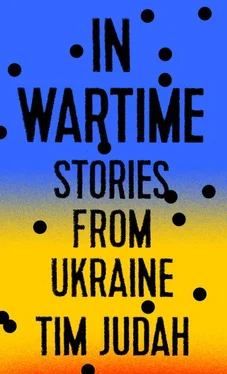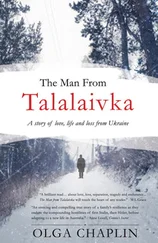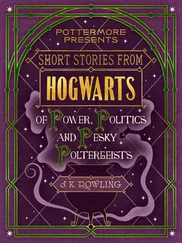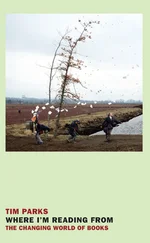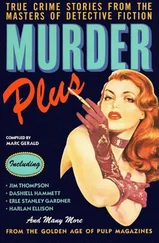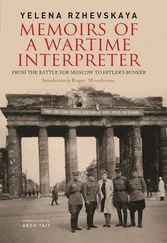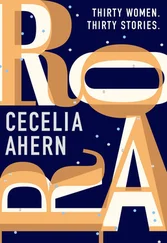At the time it was natural for a foreign journalist to interpret this in the context of what it might mean for black and Asian soccer fans. There was no reason to be interested in what else groups like this might be up to, such as a lucrative sideline in being available for hire in gangland and business turf wars, or what then would have seemed obscure battles with similar pro-Russian groups. It was for these reasons, however, that the authorities were taking an interest in Patriot of Ukraine, just as they were in Donetsk Republic. In fact these problems had begun to come to a head the year before the football championships came to Ukraine. In 2011 three Patriot members were arrested in a case relating to an alleged attempt to blow up a statue of Lenin. In Kharkiv, Patriot members were arrested and charged with attempted murder, and there was an attempt to murder Biletsky, who was then arrested himself and held in detention though not convicted of anything. He was released by act of Parliament, along with Yulia Tymoshenko, the former prime minister, on February 24, 2014, just after the flight of President Viktor Yanukovych.
Even though Biletsky had been in prison, Patriot members were extremely active. Once protests began on the Maidan against Yanukovych in November 2014, its members started to play an active role, and it was one of the organizations which was to form part of the umbrella of far-right groups called Right Sector. Here they found themselves increasingly in combat with two old enemies. One was the Berkut, the riot police, with whom as nationalist soccer “Ultras” they had frequently clashed, and the other was fellow eastern nationalist groups such as Oplot. The latter was not a Ukrainian nationalist organization but a Russian one based on a sports-cum-fight club in Kharkiv which operated in the same political-cum-underground business circles as Patriot of Ukraine. Just as Patriot members now flocked to the fight in Kiev, its members did so too, but as part of government-sponsored so-called titushki groups who were recruited to join in fights against the Maidan activists. Meanwhile, a good part of the Berkut were sent from the east because they could be trusted by Yanukovych, while those from other regions of the country could not.
As soon as Yanukovych fled and Biletsky was released from Kharkiv jail, the first thing Patriot did was to attack and seize the Oplot HQ in the city. The police did not intervene, recalled Dyachenko. Then on March 15, Oplot counterattacked and attempted to seize the HQ of Patriot of Ukraine. “There were about fifty people inside who were attacked by a hundred Oplot guys, who even had guns. Our guys tried to fight with Molotov cocktails and stones,” and what Dyachenko called cryptically “the classic means of the Maidan,” by which he meant clubs and shields. “The Oplot guys were surprised to see we were ready to fight and retreated.” By this time Crimea had already been annexed by Russia and, said Dyachenko, it was evident that Ukraine now faced a war. In Crimea, Russian troops had operated undercover, or rather without identifying themselves as such, and garnered the nickname of “little green men.” “It was clear to everyone that afterward ‘green men’ would appear in Kharkiv, Donetsk and Odessa and so on. So, Patriot of Ukraine announced the creation of its own ‘men in black’ at the end of March.” They had few guns, he said, only some of which had come to them after police stations had been attacked by Maidan activists in Lviv. “Some guys took hunting rifles.”
Kharkiv was a big prize for the pro-Russian separatists, and a proportion of the population sympathized with them. But Gennady Kernes, the mayor, who had close relations with both Yanukovych and Oplot, sensed that the city was not about to be lost to Ukraine. He switched sides. Patriot of Ukraine and Oplot continued to clash and, in this increasingly lawless situation with the police standing aside until they knew who would win, Patriot activists began kidnapping those they suspected of separatism and handing them over to the police, according to Dyachenko—who then released them. Patriot was increasingly part of what was becoming a war, as was Oplot, which played a key role in seizing the official buildings in Donetsk. Here, where they were led by Alexander Zakharchenko, a former mining electrician—or market cheese salesman, according to other sources—they were more successful than in Kharkiv, where they and other groups were to fail.
As the police and security services were demoralized, uncertain what to do and in the east contained many sympathetic to the separatists, Patriot of Ukraine and other groups began to fill a gap. They were determined and not scared to fight. This was the beginning of the period of the so-called battalions, which were independent militias, doing the job of the army and police. Some got money from oligarchs such as Dnipropetrovsk’s Igor Kolomoisky, and some were in effect controlled by him. On May 5, said Dyachenko, the interim minister of interior, Arsen Avakov, registered them as a volunteer battalion and two days later airlifted them down to Mariupol, which pro-Russian groups were trying to seize. Avakov knew exactly whom he was dealing with. He was an economist, businessman and politician from Kharkiv and had been governor of the oblast from 2005 to 2010.
In Mariupol the “men in black” fought the pro-Russians but complained that, unlike them, they did not have enough weapons. They assumed their new name, the Azov Battalion, as Mariupol is on the Sea of Azov, and from November 2014 they became part of Ukraine’s National Guard. In August 2014 they had defended the city as the rebels, with Russian help, pushed along the coast toward it, playing an important role in halting their advance and thus gained a reputation as good fighters. The battalion acquired a building and the government began to supply it with heavy weapons and other equipment. On the other side of the line, something similar happened to Oplot. From the same humble beginnings, it had become important. Its unit grew into one of the main separatist military battalions, and Zakharchenko was appointed as leader of the DNR in August 2014. Biletsky meanwhile cooperated closely with the Fatherland Front, the post-Maidan party of Arseniy Yatseniuk, who became prime minister after the revolution, and which counted Avakov and Parubiy as leading members. Biletsky did not join the party, however, and was elected to Parliament in October as an independent.
Outside the Azov canteen I wanted to take a picture of its flag, but there was no wind so it hung limply. I asked Dyachenko about the issue of its Wolfsangel-style symbol and said that in the West—let alone in Russia—this and the neo-Nazi views of some of its members were a real problem for Ukraine. Dyachenko gave me the party line, albeit saying in an aside to Liliia, who was translating for me: “That is what they told me to say.” The main goal of Russian propaganda was to show them as neo-Nazis because Russian propaganda “can’t say that Ukrainian people are fighting against Russian occupation, so they make it up and say they are fighting fascists.” About the neo-Nazi views of some who had spoken to the press, he said: “I admit there are some fighters with those taboos from past years and they have radical views, but we cannot turn down people who want to fight for Ukraine.” He added that the battalion did not “screen requests” to join based on ideology. Azov propagated a “healthy Ukrainian nationalism but, if some of our fighters have their own views, we won’t dictate anything to them.” And he added: “ We are fighting against neo-Nazism and chauvinism.”
As for the infamous symbol, he said unconvincingly: “We have been told it resembles a symbol of the Third Reich, but it appeared at the beginning of the 1990s when there was no Internet.” As to the question of the harm it did Ukraine, he replied:
Читать дальше
